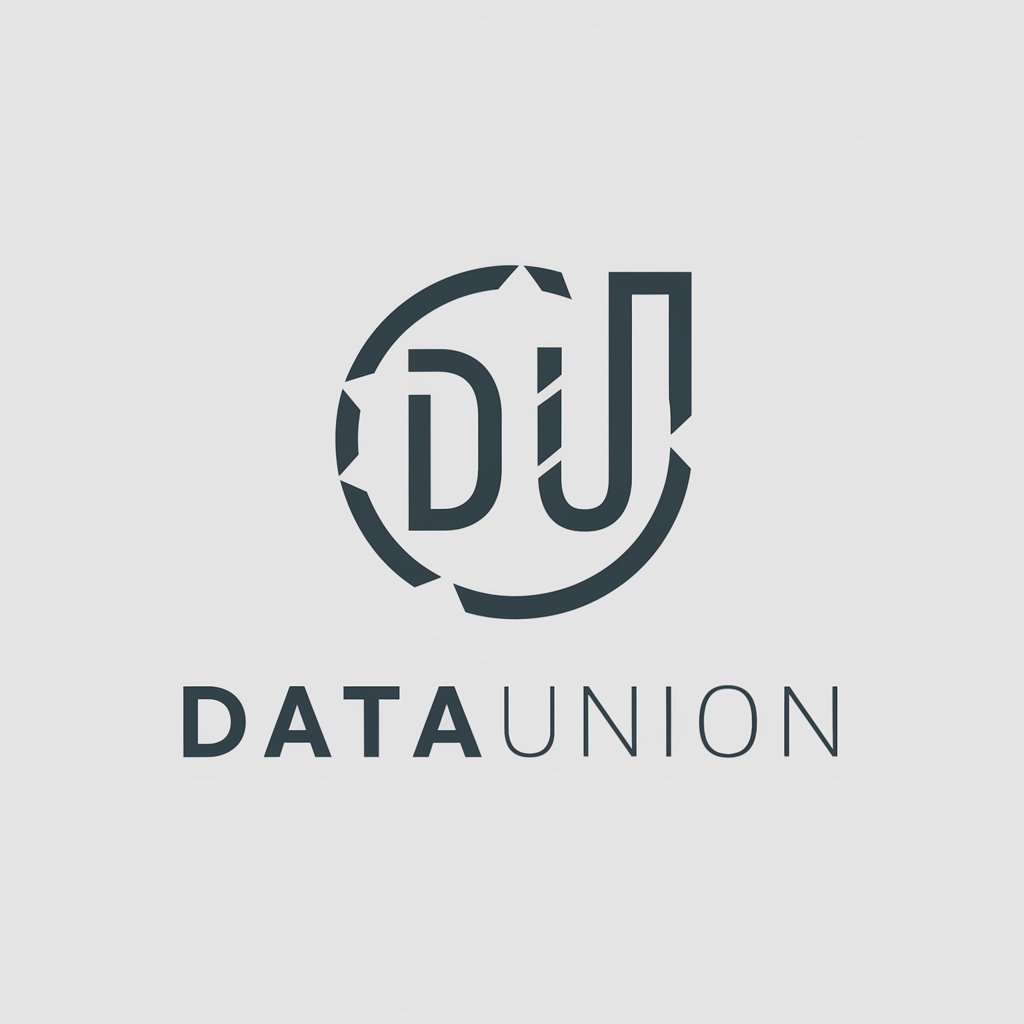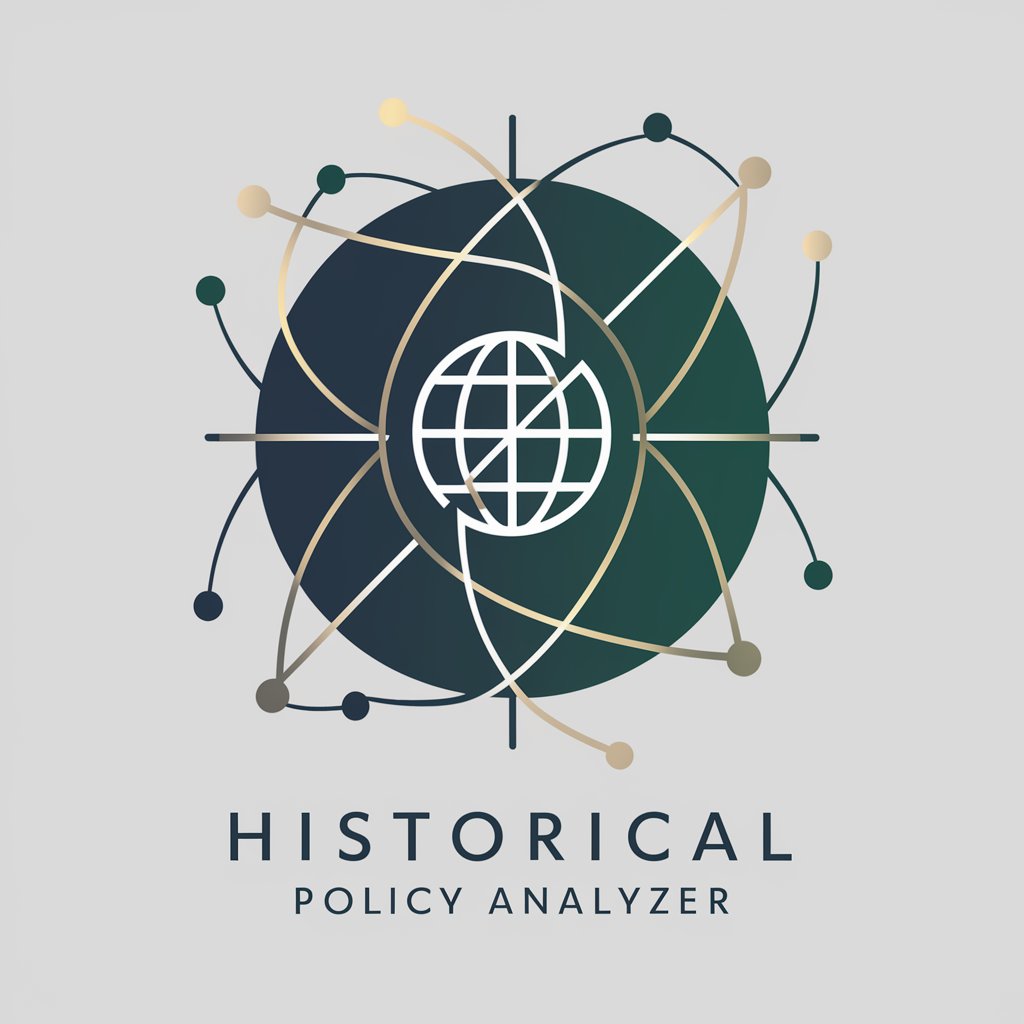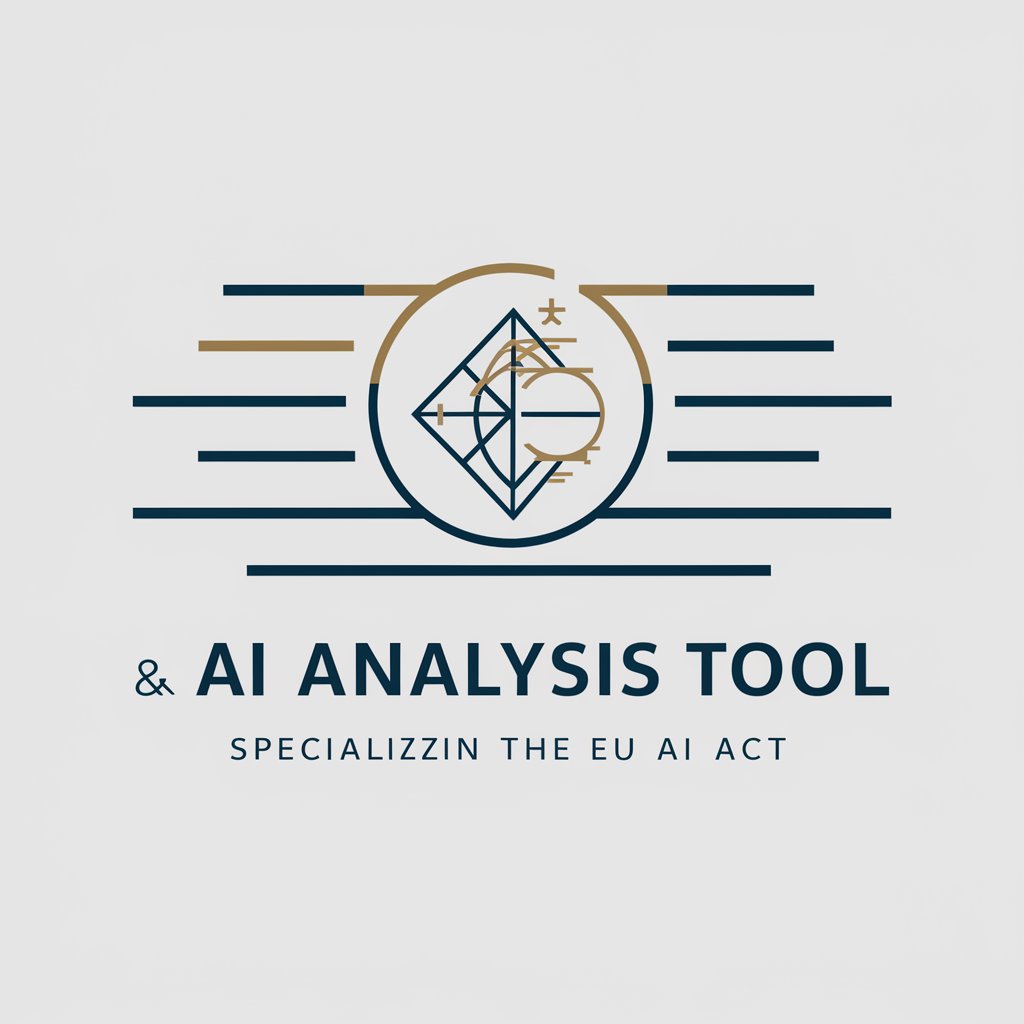DATAUNION - In-depth Data Analysis

Welcome to DATAUNION. Let's analyze some data together!
Unlock insights with AI-powered analysis
Analyze the distribution of daily closing correlations for a given stock...
Calculate the correlation coefficients between AAPL and all NASDAQ-listed stocks...
Plot the frequency of correlation coefficients using stock price data...
Interpret the skewness and kurtosis of the correlation distribution...
Get Embed Code
Introduction to DATAUNION
DATAUNION is designed as a specialized tool for analyzing and interpreting complex data sets, particularly focusing on financial markets and stock performance. Its core functionality is centered around providing deep insights into the correlations and distributions of stock prices, enabling users to make informed decisions based on comprehensive data analysis. For instance, if a user is interested in understanding how Apple Inc.'s stock (AAPL) correlates with other stocks listed on the NASDAQ, DATAUNION can analyze daily closing prices, calculate correlation coefficients, and plot these correlations to highlight trends, patterns, and outliers. This capability is crucial for investors seeking to diversify their portfolios, hedge their investments, or identify potential market movements based on the interconnectedness of stocks. Powered by ChatGPT-4o。

Main Functions of DATAUNION
Correlation Analysis
Example
Calculating the correlation of AAPL stock with over 6000 NASDAQ-listed stocks, based on their daily closing prices.
Scenario
An investor uses this analysis to identify stocks that move similarly or inversely to AAPL, aiding in portfolio diversification or risk management strategies.
Distribution Plotting
Example
Plotting the frequency of correlation coefficients to visualize the distribution of AAPL's correlation with other stocks.
Scenario
A portfolio manager examines the distribution plot to understand the typical range of correlations AAPL has with the market, identifying extreme correlations that could indicate opportunities or risks.
Skewness and Kurtosis Calculation
Example
Calculating the skewness and kurtosis of the distribution of correlation coefficients for AAPL.
Scenario
A financial analyst assesses the skewness and kurtosis to gauge the normality of the distribution, which can provide insights into the behavior of AAPL in relation to the broader market.
Ideal Users of DATAUNION Services
Financial Analysts
Professionals who analyze financial markets and securities. They benefit from DATAUNION's detailed analyses to make predictions about market trends, evaluate investment opportunities, and provide recommendations to their clients or institutions.
Portfolio Managers
Individuals responsible for managing investment portfolios. They use DATAUNION to understand correlations between assets, which helps in constructing diversified portfolios that can withstand market volatilities.
Academic Researchers
Scholars conducting studies in finance, economics, or related fields. DATAUNION provides them with a tool to analyze complex financial datasets, facilitating their research into market behaviors, asset pricing models, and economic theories.

How to Use DATAUNION
Step 1
Start with a visit to yeschat.ai for an initial experience without the need for registration or a ChatGPT Plus subscription.
Step 2
Choose the specific DATAUNION service you need from the options provided on the platform, whether it's data analysis, correlation plotting, or creating visuals.
Step 3
Upload the necessary data files, such as NASDAQ stock listings or specific stock prices, directly through the provided interface.
Step 4
Specify your analysis or query. For example, if you need a correlation plot, mention the stock symbol and the analysis period.
Step 5
Review the generated results, which may include detailed reports, graphs, and interpretations, ensuring to leverage the insights for informed decision-making.
Try other advanced and practical GPTs
공모주
Empowering IPO Decisions with AI

LaTeX GPT
Simplifying LaTeX with AI

AI Greeting Card Generator
Crafting personalized greetings with AI

AI Writer | Innovative Writing Assistant
Empower Your Writing with AI

Charming Partner
Elevate Your Love Life with AI

POPP SHORTS
Empowering AI narratives with structured insights.

HISTORICAL: Policy Analyzer
AI-powered geopolitical and industry insights

Learn GMRS With The NotARubicon!
Empowering Your GMRS Mastery

Aristóteles Tutor de Tesis
Elevating Scholarship with AI

EU AI Act Analyst
Deciphering AI Law with AI Power

Rafiki
Empowering your journey with AI

新世代ビジネスパーソン育成ゲーム!桃太はん
Empowering Future Business Leaders with AI

Frequently Asked Questions About DATAUNION
What is DATAUNION?
DATAUNION is a specialized AI tool designed for in-depth data analysis, including stock market trends, correlation plotting, and generating insights from large datasets.
How can DATAUNION help in financial analysis?
It offers detailed correlation plots and trend analysis for stocks listed on NASDAQ, aiding in investment decisions by highlighting potential market movements.
Can DATAUNION analyze any type of data?
While its primary focus is on financial datasets, DATAUNION is capable of processing various types of data for analysis, provided they are in a supported format.
Is DATAUNION suitable for academic research?
Absolutely. Its ability to analyze and interpret complex datasets makes it an invaluable tool for academic research, particularly in economics and finance.
Does DATAUNION offer real-time analysis?
DATAUNION processes uploaded datasets, which means it can analyze up-to-date information as long as the most recent data is provided.
